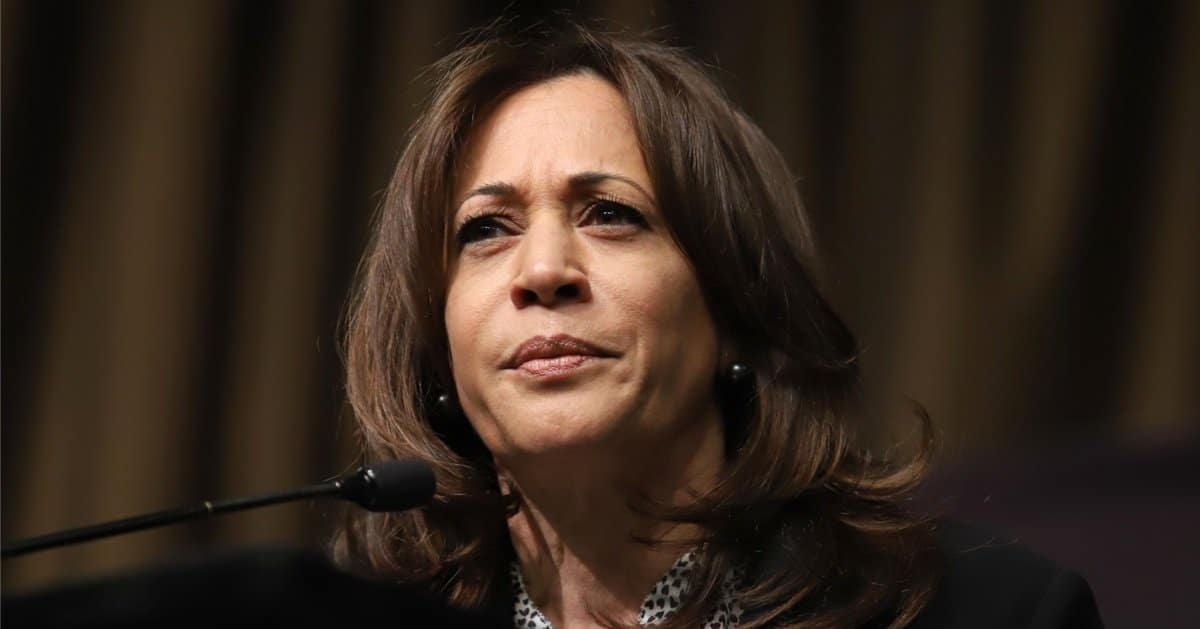


Authorities were aware of a potential threat more than an hour before former President Donald Trump was shot at during a Pennsylvania rally according to The New York Post.
The delayed response to warnings about Thomas Matthew Crooks, who attempted to assassinate Trump, has sparked significant security concerns and led to the resignation of the Secret Service Director.
On a busy campaign day, Crooks, a 20-year-old, was spotted exhibiting suspicious behavior well ahead of the incident at the rally.
He was first noticed by law enforcement 90 minutes before the attack, contradicting earlier reports that suggested a shorter timeframe.
Evidence including photographs of Crooks was shared among officers through text messages, highlighting concerns about his intentions. These messages depicted Crooks using a range finder to scout the venue extensively before the shooting occurred.
Despite these early warnings, communication breakdowns among various security agencies delayed a cohesive response. This oversight allowed Crooks to position himself strategically on a roof, from where he launched his attack using an AR-15.
The shooting resulted in Donald Trump sustaining a minor injury to his ear. Moreover, three rallygoers were caught in the line of fire, resulting in one fatality. Corey Comperatore, who tragically died, was reportedly shielding his family when he was hit.
This violent outburst not only disrupted the rally but also prompted an immediate security overhaul. The incident's fallout was swift, with Kimberly Cheatle, the then-Director of the Secret Service, resigning amid growing pressure and criticism over the security failures.
As investigations continued, the motive behind Crooks' drastic actions remained undetermined. The lack of clarity added to the turmoil within the security services, who were already facing public and internal scrutiny.
A noteworthy aspect of the incident was the expressed dissatisfaction by Trump's Secret Service detail. They voiced concerns over inadequate information sharing by local police regarding Crooks' suspicious activities at the rally.
Several text messages from officers at the scene communicated urgency about Crooks' behavior. One counter-sniper alerted his team by describing Crooks' proximity to their location, indicating the heightened security alert. Another text suggested, "Call it in to command and have a uniform check it out," aiming to initiate a more formal response.
The sequence of events and the ensuing chaos underscored significant lapses in protocol and communication among the security teams. These issues contributed directly to the security breach and the subsequent injuries and fatality at the rally.
The texts between officers now serve as critical evidence, shedding light on the timeline of events and the missed opportunities to prevent the attack. They have become a focal point in understanding how such a breach could have occurred despite prior warnings.
In response to the incident, changes in communication protocols and increased training for handling such threats are being discussed at the highest levels of U.S. security agencies.
The ramifications of the attack extend beyond immediate security protocols. This incident has prompted a nationwide discussion on the effectiveness of current security measures for protecting high-profile individuals during public events.
Additionally, the resignation of the Secret Service director has sparked debates about leadership and accountability in national security sectors, highlighting the need for more robust protective measures and quicker response strategies.
The broader implications for the Secret Service and other security agencies are profound, pushing for a reassessment of security strategies and inter-agency cooperation.
In summary, Thomas Matthew Crooks' assassination attempt on former President Donald Trump highlighted critical weaknesses in event security.
Notified 90 minutes in advance, authorities struggled with communication and coordination, resulting in Trump's minor injury and the death of a rallygoer.
The fallout led to a significant reshuffling within the Secret Service, underscoring the need for stringent security measures and better information sharing among law enforcement agencies.



